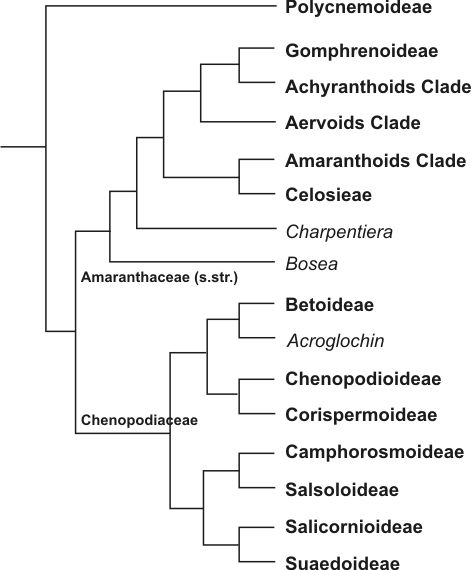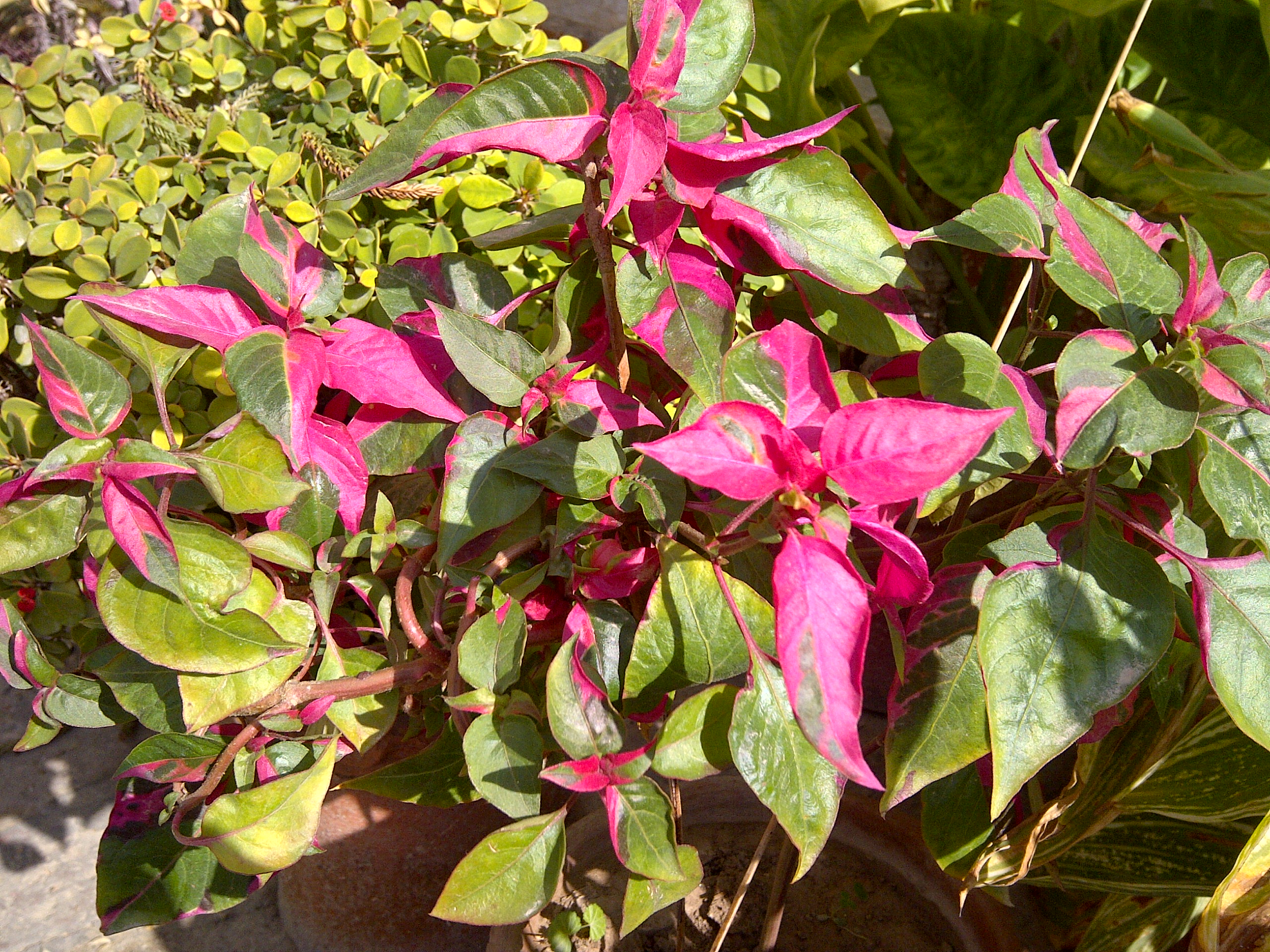|
Alternanthera Filifolia
''Alternanthera filifolia'' is a species of flowering plant in the family Amaranthaceae. It is native to the Galápagos Islands. This plant is limited to the Galápagos, but it is common there in lowlands and coastal shrublands. It is variable in morphology, forming shrub A shrub or bush is a small to medium-sized perennial woody plant. Unlike herbaceous plants, shrubs have persistent woody stems above the ground. Shrubs can be either deciduous or evergreen. They are distinguished from trees by their multiple ...s 0.5 to 1.5 meters tall. References filifolia Endemic flora of the Galápagos Islands Least concern biota of South America Least concern plants Taxonomy articles created by Polbot {{Amaranthaceae-stub ... [...More Info...] [...Related Items...] OR: [Wikipedia] [Google] [Baidu] |
Flowering Plant
Flowering plants are plants that bear flowers and fruits, and form the clade Angiospermae (). The term angiosperm is derived from the Ancient Greek, Greek words (; 'container, vessel') and (; 'seed'), meaning that the seeds are enclosed within a fruit. The group was formerly called Magnoliophyta. Angiosperms are by far the most diverse group of Embryophyte, land plants with 64 Order (biology), orders, 416 Family (biology), families, approximately 13,000 known Genus, genera and 300,000 known species. They include all forbs (flowering plants without a woody Plant stem, stem), grasses and grass-like plants, a vast majority of broad-leaved trees, shrubs and vines, and most aquatic plants. Angiosperms are distinguished from the other major seed plant clade, the gymnosperms, by having flowers, xylem consisting of vessel elements instead of tracheids, endosperm within their seeds, and fruits that completely envelop the seeds. The ancestors of flowering plants diverged from the commo ... [...More Info...] [...Related Items...] OR: [Wikipedia] [Google] [Baidu] |
Amaranthaceae
Amaranthaceae ( ) is a family of flowering plants commonly known as the amaranth family, in reference to its type genus '' Amaranthus''. It includes the former goosefoot family Chenopodiaceae and contains about 165 genera and 2,040 species, making it the most species-rich lineage within its parent order, Caryophyllales. Description Most species in the Amaranthaceae are annual or perennial herbs or subshrubs; others are shrubs; very few species are vines or trees. Some species are succulent. Many species have stems with thickened nodes. The wood of the perennial stem has a typical "anomalous" secondary growth; only in subfamily Polycnemoideae is secondary growth normal. The leaves are simple and mostly alternate, sometimes opposite. They never possess stipules. They are flat or terete, and their shape is extremely variable, with entire or toothed margins. In some species, the leaves are reduced to minute scales. In most cases, neither basal nor terminal aggregations of leav ... [...More Info...] [...Related Items...] OR: [Wikipedia] [Google] [Baidu] |
Galápagos Islands
The Galápagos Islands () are an archipelago of volcanic islands in the Eastern Pacific, located around the equator, west of the mainland of South America. They form the Galápagos Province of the Republic of Ecuador, with a population of slightly over 33,000 (2020). The province is divided into the Cantons of Ecuador, cantons of San Cristóbal Island, San Cristóbal, Santa Cruz Island (Galápagos), Santa Cruz, and Isabela Island (Galápagos), Isabela, the three most populated islands in the chain. The Galápagos are famous for their large number of Endemism, endemic species, which were studied by Charles Darwin in the 1830s and inception of Darwin's theory, inspired his theory of evolution by means of natural selection. All of these islands are protected as part of Ecuador's Galápagos National Park and Galápagos Marine Reserve, Marine Reserve. Thus far, there is no firm evidence that Polynesian expansion, Polynesians or the indigenous peoples of South America, Indigenous pe ... [...More Info...] [...Related Items...] OR: [Wikipedia] [Google] [Baidu] |
Shrub
A shrub or bush is a small to medium-sized perennial woody plant. Unlike herbaceous plants, shrubs have persistent woody stems above the ground. Shrubs can be either deciduous or evergreen. They are distinguished from trees by their multiple Plant stem, stems and shorter height, less than tall. Small shrubs, less than tall are sometimes termed as subshrubs. Many botany, botanical groups have species that are shrubs, and others that are trees and herbaceous plants instead. Some define a shrub as less than and a tree as over 6 m. Others use as the cutoff point for classification. Many trees do not reach this mature height because of hostile, less than ideal growing conditions, and resemble shrub-sized plants. Others in such species have the potential to grow taller in ideal conditions. For longevity, most shrubs are classified between Perennial plant, perennials and trees. Some only last about five years in good conditions. Others, usually larger and more woody, live beyond ... [...More Info...] [...Related Items...] OR: [Wikipedia] [Google] [Baidu] |
Alternanthera
''Alternanthera'' is a genus of flowering plants in the family Amaranthaceae. It is a widespread genus with most species occurring in the tropics, tropical Americas,Sánchez-Del Pino, I., et al. (2012)Molecular phylogenetics of ''Alternanthera'' (Gomphrenoideae, Amaranthaceae): resolving a complex taxonomic history caused by different interpretations of morphological characters in a lineage with C4 and C3–C4 intermediate species.''Botanical Journal of the Linnean Society'' 169(3), 493-517.''Alternanthera''. Flora of North America. and others in Asia, Africa, and Australia. Plants of the genus may be known generally as joyweeds, or Joseph's coat. [...More Info...] [...Related Items...] OR: [Wikipedia] [Google] [Baidu] |
Endemic Flora Of The Galápagos Islands
Endemism is the state of a species being found only in a single defined geographic location, such as an island, state, nation, country or other defined zone; organisms that are indigenous to a place are not endemic to it if they are also found elsewhere. For example, the Cape sugarbird is found exclusively in southwestern South Africa and is therefore said to be ''endemic'' to that particular part of the world. An endemic species can also be referred to as an ''endemism'' or, in scientific literature, as an ''endemite''. Similarly, many species found in the Western ghats of India are examples of endemism. Endemism is an important concept in conservation biology for measuring biodiversity in a particular place and evaluating the risk of extinction for species. Endemism is also of interest in evolutionary biology, because it provides clues about how changes in the environment cause species to undergo range shifts (potentially expanding their range into a larger area or becomin ... [...More Info...] [...Related Items...] OR: [Wikipedia] [Google] [Baidu] |
Least Concern Biota Of South America
The degrees of comparison of adjectives and adverbs are the various forms taken by adjectives and adverbs when used to compare two entities (comparative degree), three or more entities (superlative degree), or when not comparing entities (positive degree) in terms of a certain property or way of doing something. The usual degrees of comparison are the ''positive'', which denotes a certain property or a certain way of doing something without comparing (as with the English words ''big'' and ''fully''); the ''comparative degree'', which indicates ''greater'' degree (e.g. ''bigger'' and ''more fully'' omparative of superiorityor ''as big'' and ''as fully'' omparative of equalityor ''less big'' and ''less fully'' omparative of inferiority; and the ''superlative'', which indicates ''greatest'' degree (e.g. ''biggest'' and ''most fully'' uperlative of superiorityor ''least big'' and ''least fully'' uperlative of inferiority. Some languages have forms indicating a very large degree ... [...More Info...] [...Related Items...] OR: [Wikipedia] [Google] [Baidu] |




